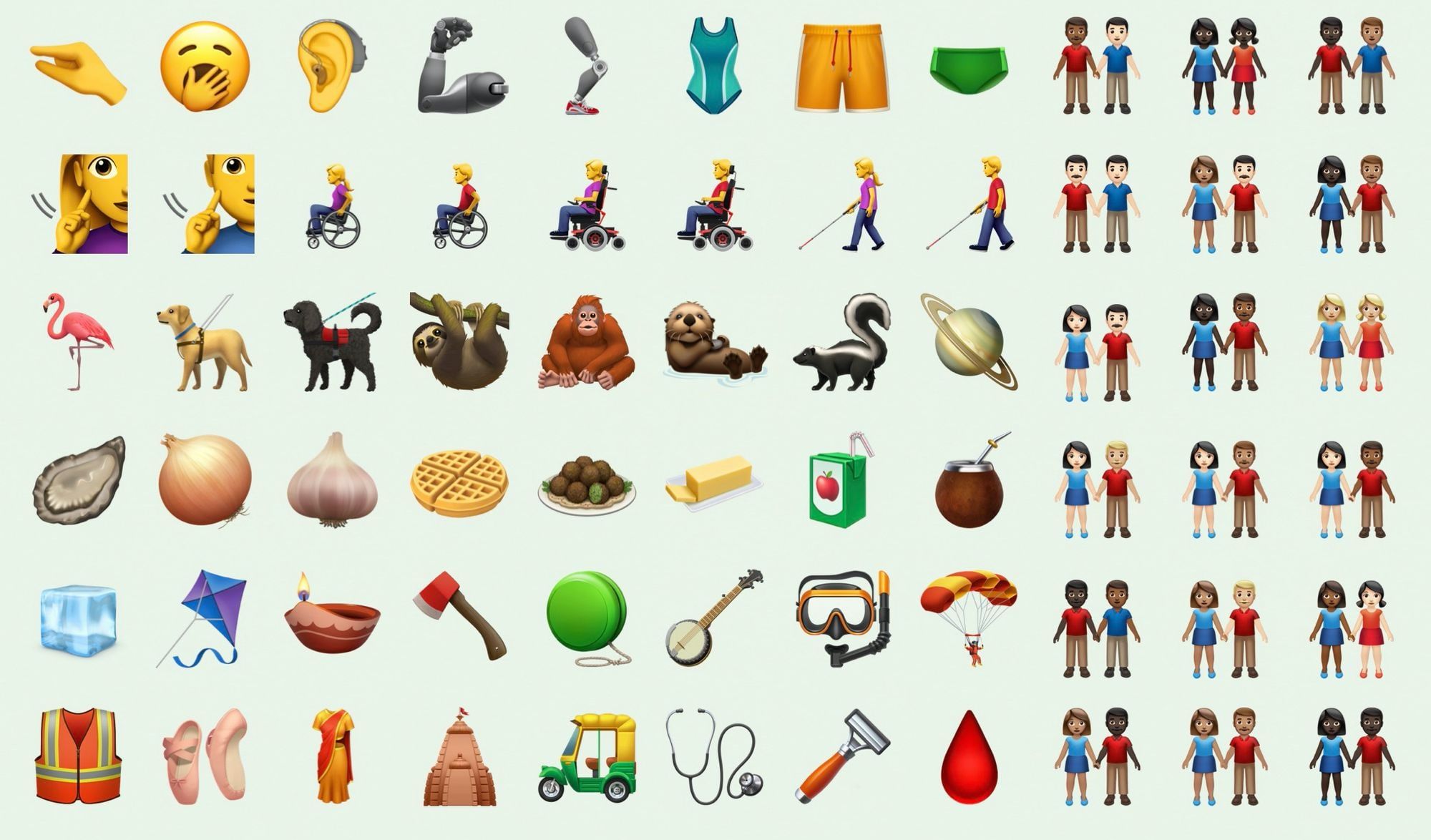The Evolution of the Emoticon
When I see old school emoticon symbols, they bring me back to the early 2000s when I had a flip phone and had to keyboard text for everything. If I wanted to show emotion in any form of email or text it would be these: :-) :-( ;-) :) :( XD :P :@) :-* Emoticons gave more flare to messages in a somewhat emotionless style of communication. Playing off my past experiences, I chose to present the history of Emoticons and write this blog post about my research findings.
Carnegie Mellon professor Dr. Scott Fahlman was the first person to invent the Emoticon in 1982. His initial emoticons were :-) and :-(. Each "face" was to represent a specific meaning, the smiley face was to be sent with a funny or humorous post, while the sad face was to be sent with a serious post. However, there was some negative talk about the new invention when it first came out. People were worried that it was going to "erode the ability of people to communicate clearly and use language creatively" (Senft, 2014). Some people were also worried about the new form to show emotion was lazy and would send a negative connotation. The negativity would discredit the author in their mindset. Although, this creation was only the beginning of a future generation of emoticons that would eventually become "Emojis".
The evolution of the Emoji starts in 1982 where the first emoticon was created ":-)" and ":-(" Then further down the road in 1999 Emoji was created with simple pictures showing weather, time, traffic, etc. Next were the years of 2010-2016 when Emoji really took a big jump and added more faces that showed all kinds of emotion. For example, the image shown below is known as "Emojis"
This small bunch of Emoji were the first of its generation and ended up creating over 6 billion more emoticons. "Emoticons and Emoji are the best adaptation that we have to this era of text-based communication" (Baer, 2015). I agree that they are the best adaptation because I personally use them every day whether it's the laughing/crying emoji or a purple heart. Texting in general is already hard enough to show emotion, so allowing there to be a "face" expressing that emotion is easier. As Emoji kept growing and the world around it became more aware of diversity they created more advancements. These advancements included 5 new skin tones, same-sex icons, single dad parents, pride flags, and more women emojis. As technology keeps innovating and getting bigger, I can only imagine what will come next for Emoji and the new emotions we can convey into a text or email. The image below shows the most recent additions to the Emoji list:

https://www.britannica.com/topic/emoticon
https://www.wired.com/story/guide-emoji/
https://blog.emojipedia.org/first-look-new-emojis-in-ios-13-2/
Comments
Post a Comment